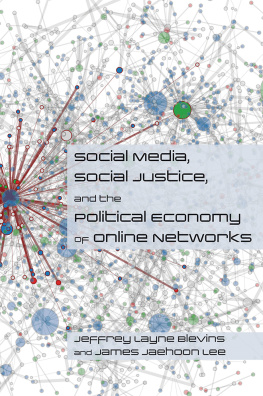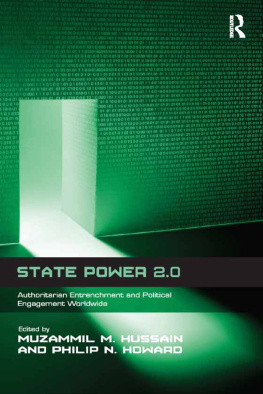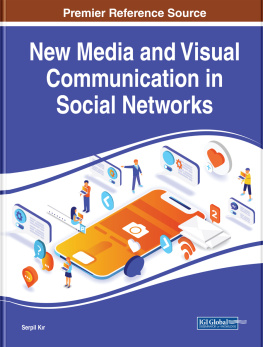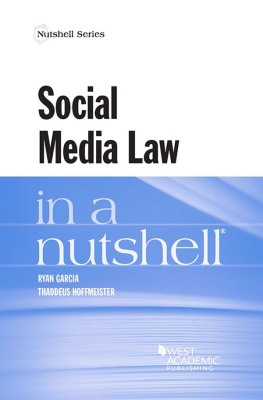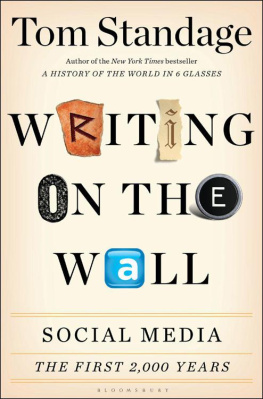The Capitol riot in Washington, D.C. on January 6, 2021 was an infamously historic moment for the United States, as it was only the second time in the life of the nation that its statehouse had been breached. The first time was on August 24, 1814, when British adversaries set the Capitol building on fire during the War of 1812, when Congress was in recess. In January of 2021, though, it was some of the countrys own that stormed the Capitol while Congress was in session to certify the results of a presidential election, and many of the insurrectionists posted images and livestreamed video of the violence on their social media accounts as it unfolded.
Not only did social media play a role in documenting the events of January 6, 2021, it was arguably the primary platform for unfounded claims of election fraud and calls to action that precipitated the rioters march into the Capitol. Then-president Donald Trump, a lame duck incumbent who lost his re-election bid to Democratic rival Joseph Biden, had refused to concede his defeat. On his Twitter account he steadily promoted baseless claims of election fraud and promoted a rally that would ultimately precipitate the mayhem, tweeting on December 19, 2020: big protest in DC on January 6th adding Be there, will be wild. The U.S. House of Representatives impeached Trump for incitement of the insurrection that day, and his Twitter messages before, during, and after the Capitol riot were used as evidence against him during the impeachment trial. Throughout the day on January 6, Trump tweeted inflammatory messages, including two that were flagged by Twitter and later deleted, before the social media company permanently suspended his account two days later.
The Capitol riot and the permanent suspension of a U.S. president from Twitter were, perhaps, a strange coda to the story that had been unfolding about the role that social media had played in the Breonna Taylor and George Floyd protests during the summer of 2020 and the social justice activities taking shape on social media since Ferguson in 2014. How did social media, which evolved through message boards, personal spaces on the web, and connecting with high school friends on Facebook become so integral to our social, political, and economic lives? Why are digital platforms designed for recreation so useful to both the causes of social justice and right-wing authoritarianism? What does the front line of popular politics look like on social media?
Our initial approach to these questions was to combine political economic theory and network analysis techniques to further our understanding of social movements and political action. What does a social movement (conventionally defined in terms of strikes, protest marches, or sit-ins) look like through network visualizations, and how might these visualizations of movements taking place on Twitter reshape our understanding of how political action takes place in the digital era? We aim here to contribute to a more comprehensive understanding of how social media may empower and hinder social justice activity.
We explored these questions through a series of data-based case studies of Twitter activity, including tweets during the Ferguson demonstrations in 2014 when the hashtag #BLM trended, the 2016 presidential election season when Donald Trumps #MAGA hashtag came into prominence, and throughout the summer of 2020 that featured nationwide protests around the #BlackLivesMatter movement and another presidential campaign season. While the goals of social justice advocates and political groups may be different, we are curious about how they might intersect on Twitter, especially as social justice is often linked to popular politics. The examination presented here relies on both data analytics and qualitative analysis, as we provide political economic context for the most used and impactful hashtags in the immediate aftermath of Ferguson, as well as describing how hashtags went viral during the 2016 election season and throughout the summer of 2020. We also address the meanings and implications of these activities and hashtags. Our work here is decidedly large-scale in method and yet critically determined, as we consider the scope of social justice activity on social media and examine it within the broader context of the political economy of misinformation, disinformation, and so-called fake news.
One of the key features of our work is the use of machine learning methodologies to develop a unique and engaging look at social movements on social media. We combine data visualization and computational text analysis to parse the semantic discourse within Twitter archives, and provide digitization, imaging, and 3D modeling of networks. Our analysis also engages critical political economic theory and network analysis to create an interactive look at the role of social media activity such as Twitter posts in social justice and political campaigns.
Before we examine the social justice and political activities on Twitter in the current age of fake news and post-truth, as well as network manipulation by bots, the influence of commercial interests, troll farms, and clever memes that shape public discourse, we must first return to our original question: How did social media, which evolved through message boards, personal spaces on the web, and connecting with high school friends on Facebook become so integral to our social, political, and economic lives?
The rise of social media platforms
Social media platforms are a byproduct of Internet development, which began in the 1960s and culminated in an early internet prototype created by the U.S. Department of Defense and university researchers, known as the Advanced Research Projects Agency Network (ARPANET) in 1969. A commercial version of ARPANET called Telnet was created in 1974, and the first major development toward social media sites came about in 1978 with an online bulletin board system in Chicago, which included announcements, meetings, and other information posted by users. With the growth of home computing systems and modems in the 1980s, internet service providers (ISPs) such as Prodigy in 1984 created relay chats and news sharing for its users, while America Online (AOL) featured member profiles that were organized into communities. With the development of the World Wide Web, ISPs like Mosaic, Prodigy, and AOL began offering their users access to the world wide web in the early 1990s, and their popularity grew in a matter of years. In 1993 there were just over 200 web servers online, just over 1,500 in 1994, and over a million by 1997. While there was no website specifically referred to as social media in the mid-1990s, the concept of social media has existed at least since the mid-1990s, as there were many sites that featured elements of todays social media. For instance, several websites allowed users to post comments, later referred to as web logs or blogs. AOLs instant messenger chat rooms were popularized in the 1998 film


